Tokyo Metropolitan Art Museum

After being called a “child prodigy” during his childhood, Tanaka Isson devoted himself to painting the nature of Amami in his later years.
The “Tanaka Isson Exhibition: Light of Amami, Paintings of Soul” looks back on the life and works of Isson, a man who devoted his whole body and soul to the act of “painting.”
This article reports on the press preview held the day before the event.
Tanaka Isson, the trajectory of indomitable passion
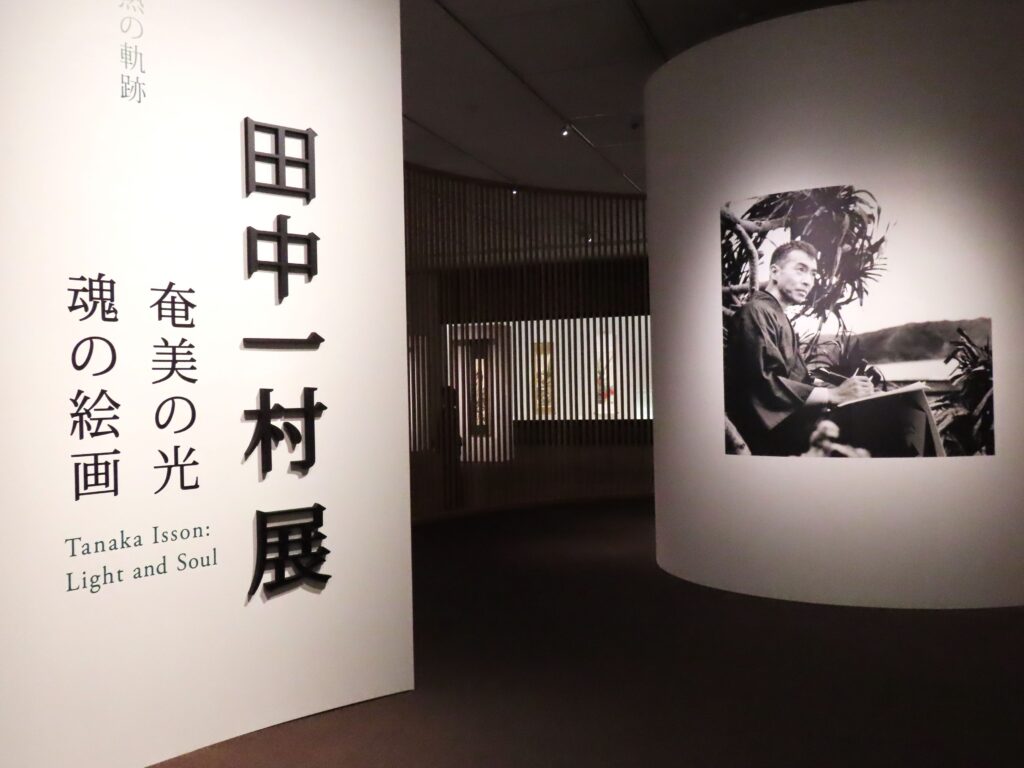
Born in Tochigi-cho (now Tochigi City) in 1908, Tanaka Isson showed exceptional artistic talent from an early age and was known as a child prodigy.
He was given the artistic name Beison by his father, a sculptor, and enrolled in the Japanese painting department of the Tokyo School of Fine Arts (now Tokyo University of the Arts), but dropped out after two months.
In 1947, he changed his artist name to Isson Yanagi, and although his work White Flowers was selected for the Seiryu Exhibition, he continued to produce works with only a few supporters. In his later years, he moved to Amami Oshima alone and devoted himself to painting the nature of Amami, but passed away at the age of 69.
After his death in 1979, a group of volunteers organized an exhibition of his posthumous works in Amami, which attracted an unprecedented 3,000 visitors. The media reported on the exhibition, which led to a frenzy and knowledge of his life and works being shared across the country.
“Tanaka Isson: Light and Soul” will feature his representative works that he painted in Amami, including “Kuwazuimo (Sweet Potato) and Soil” and “Pandanus Beach” , as well as unfinished masterpieces. With a focus on paintings, the exhibition will cover Isson’s entire artistic career with over 250 works, including sketches, crafts, and documents.
The largest retrospective exhibition



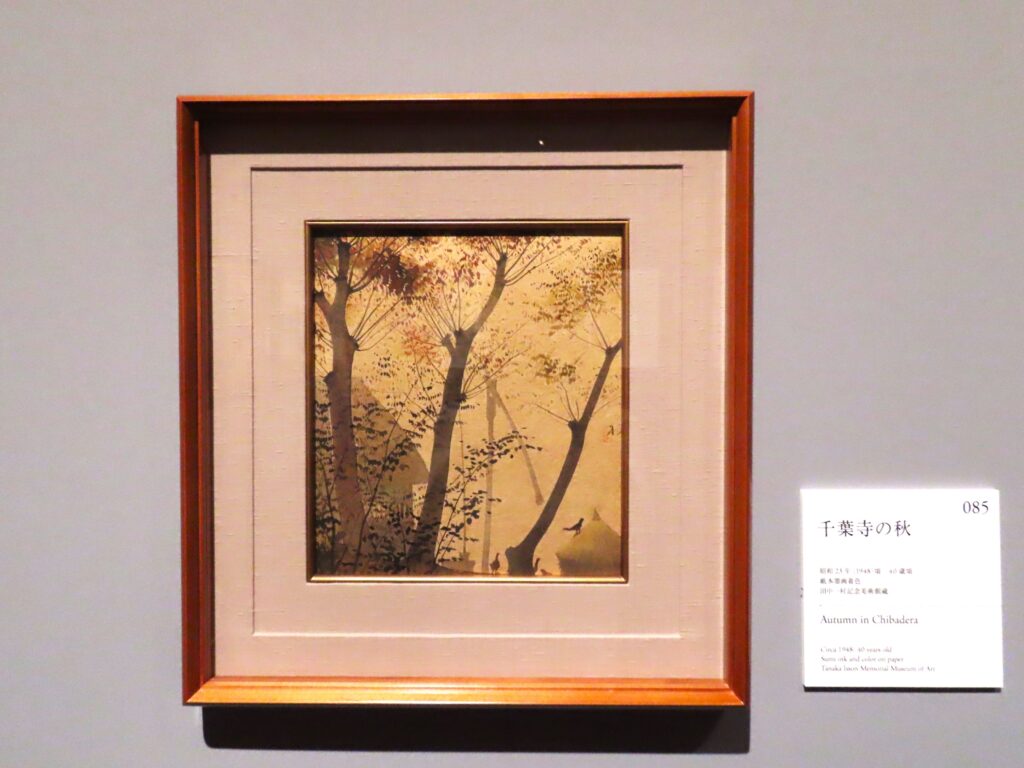
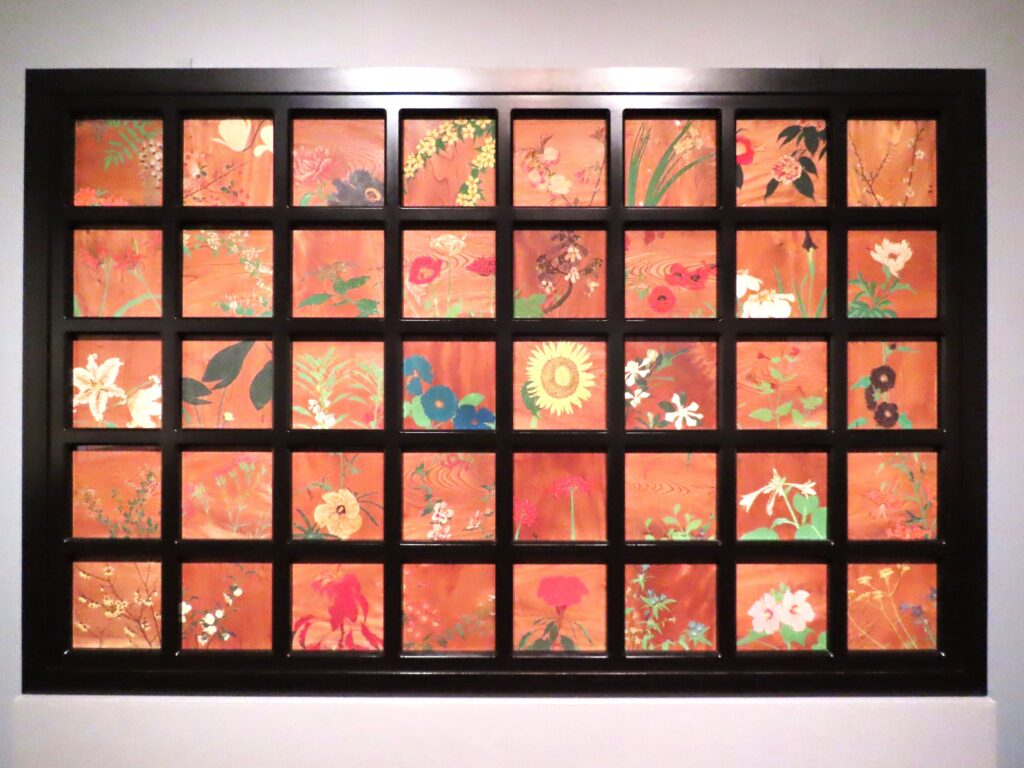
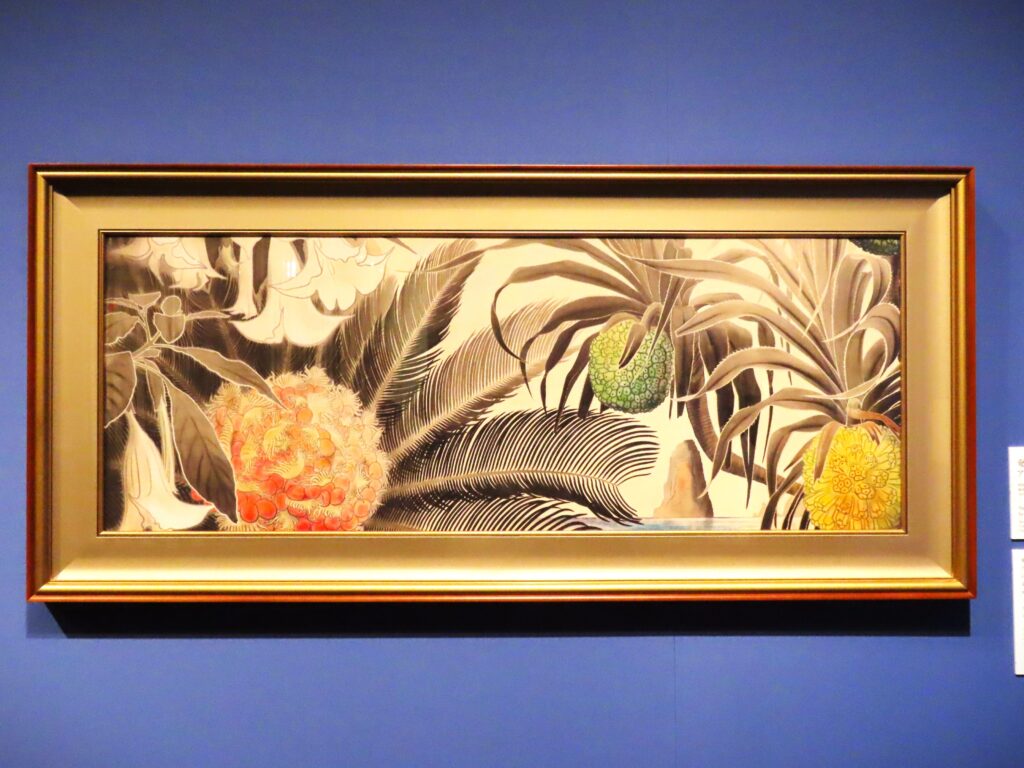
This exhibition is divided into three chapters: Chapter 1 “Young Southern Painter Tanaka Beison: His Tokyo Period , ” Chapter 2 “The Birth of Isson in the Chiba Period,” and Chapter 3 “His Own Path to Amami.” By displaying Tanaka Isson’s works in chronological order, it is possible to closely trace the almost seamless transition of his artistic career.
Ichimura started painting as a boy from the age of 6 or 7, and a considerable number of his works remain in various locations around the country. Many of the works on display at this exhibition are new and recent, with many even being shown for the first time. There are over 250 pieces on display, making this the largest retrospective exhibition of his kind to date.
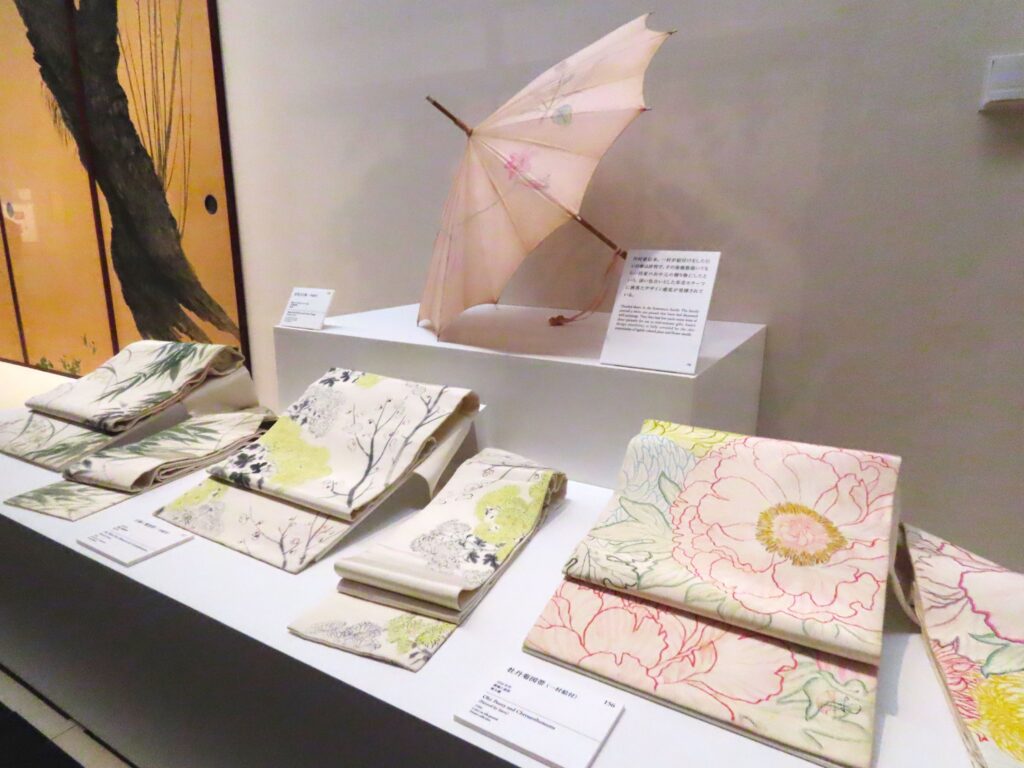
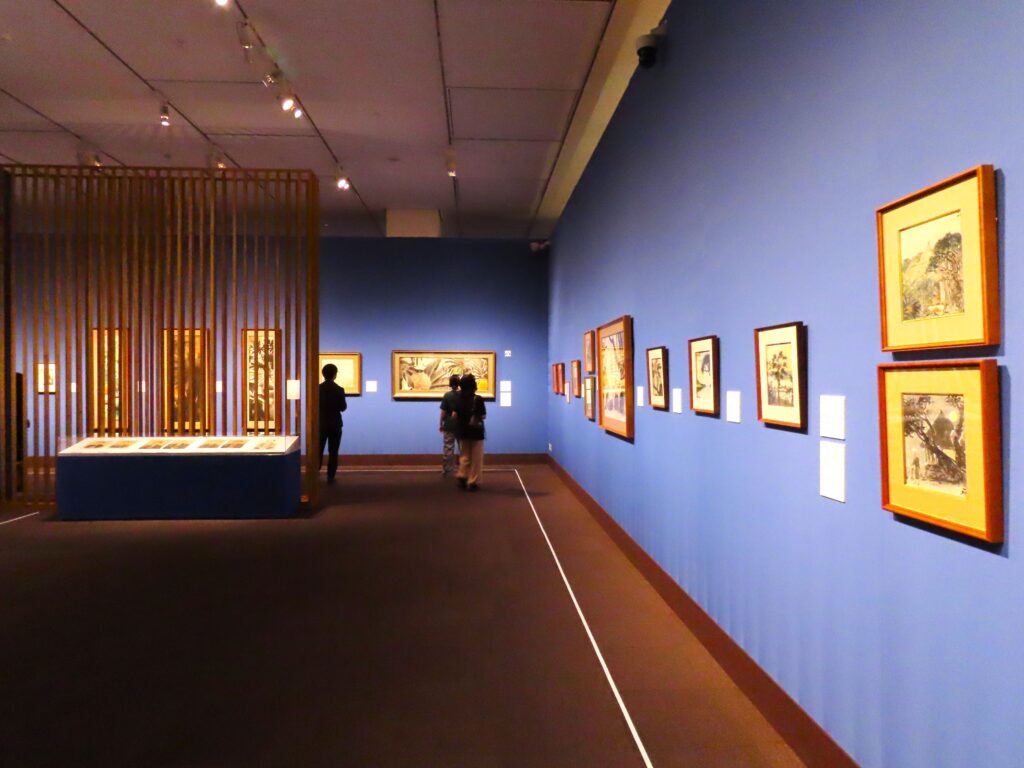
Tanaka Isson’s career as an artist was not always smooth. He was praised as a “child prodigy” from an early age, and was active as a budding Nanga painter, but he never held a solo exhibition in his lifetime and ended his life alone in the land of Amami, still unknown.
Chapter 3 displays a number of works that Ichimura painted with all his heart and soul after traveling to Amami with unshakable determination and scraping together the money to live. Through these works, visitors can experience the state of his artistic career that Ichimura reached in his “place of death.”
Exhibited Works
Here we will introduce some selected works from the exhibition.

A masterpiece that completely changed the image of a village during the “hiatus”
In a letter later in life, Isson wrote that “when I was 23, the new style of painting that I believed to be my true path was not approved by my supporters, so I was abandoned,” and this period was traditionally considered a “blank period” in which he produced few works. However, in recent years, powerful works painted during this period have been discovered, and this view is beginning to change.
This work is a gorgeous gold folding screen that completely changed the image of Isson’s activities in the early Showa period.
At the time, Isson was 24 years old, and you can sense his passion and energy as he sought new horizons.
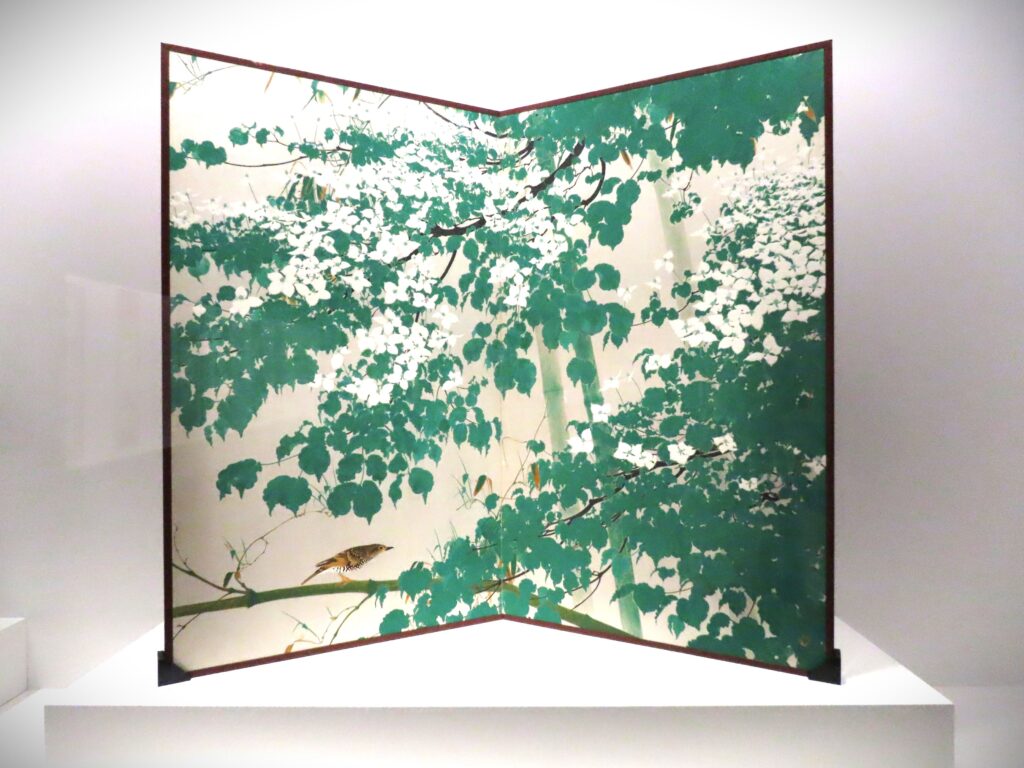
Tanaka Isson’s only selected work.
This work was first selected for the 19th Seiryu Exhibition, organized by Kawabata Ryushi, in 1947, and ultimately became the only work to be selected for a public exhibition.
The exhibition catalogue states “White Flowers: Yanagi Isson,” and it is clear that Yanagi changed his artist name from “Yonemura” to “Yanagi Isson,” making this an ambitious postwar work that marked a fresh start.
The sophisticated style of the painting, with a sense of freedom, is impressive.

A belief that he stuck to even when he turned his back on glory.
In 1948, the year after his first successful entry, Isson submitted two works to the 20th Seiryu Exhibition. Although Isson considered Clear Autumn to be his most confident work, he was disappointed that only his reference work Waves was selected, and so he declined the offer.
This work depicts the trees in bold black silhouettes on a gold folding screen. The trees towering against the backlight effect, and the texture of the branches and bark are depicted in minute detail, making this a work of great soul.
What was it that Ichimura wanted to protect, even turning his back on the glory of his life? Please watch this film and feel it for yourself.
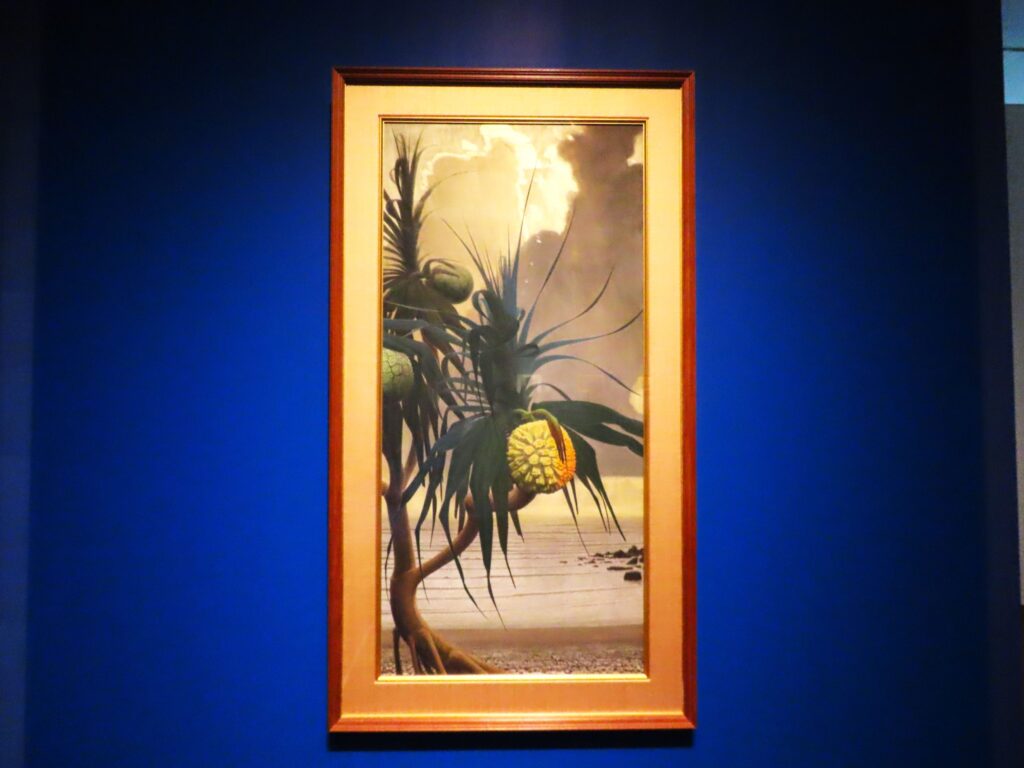
What the light of Amami brought to one village
In a letter dated January 1974 (when he was 66 years old), Isson wrote that the works he put his heart and soul into were “Souvenirs for King Enma,” namely Pandanus Beach and Uneaten Sweet Potato and Sago Palm . These works are the highlights of this exhibition.
This work, which expresses the artist’s pride in having completed the project without any regrets, is based on the Pandanus arborescens, a plant that he has been planning since he first came to the island. The Pandanus arborescens is painted in shades of green and blue using a variety of pigments. In the middle ground, ripples are drawn with delicate lines, and the golden glow beyond the clouds gives the entire painting a sublime quality.
The exhibition also features a number of Isson’s paintings of Kannon and Arhat statues, and it is no exaggeration to say that this work expresses the religious feelings that he came to experience at the end of his life.
Please come and see this masterpiece by Isson Hisei at the venue.
Exhibition ambassador Koizumi Kotaro will also be in attendance!

At the press preview and opening ceremony, actor Koizumi Kotaro, who serves as the exhibition ambassador and audio guide navigator, appeared wearing a one-of-a-kind Oshima Tsumugi kimono with the motif of The Uneaten Sweet Potato and Soybean Currant.
“I felt a very mysterious connection and fate with Tanaka Isson, and put my heart into providing the audio guide,” said Kotaro Koizumi. His great-grandfather, Matajiro Koizumi (grandfather of Kotaro’s father, former Prime Minister Junichiro Koizumi), who served as Minister of Communications and other positions, served as the chairman of Tanaka Isson’s supporters’ group, and so he had been hearing about the painter Tanaka Isson since he was a child.
Nearly a century has passed since then, and now that he, who was born into the Koizumi family, is involved in the Tanaka Isson exhibition, he said, “I was truly surprised, and felt honored to have been given this job, so I put my heart into recording my voice,” as he reflected on the mysterious encounter that took place through the exhibition.
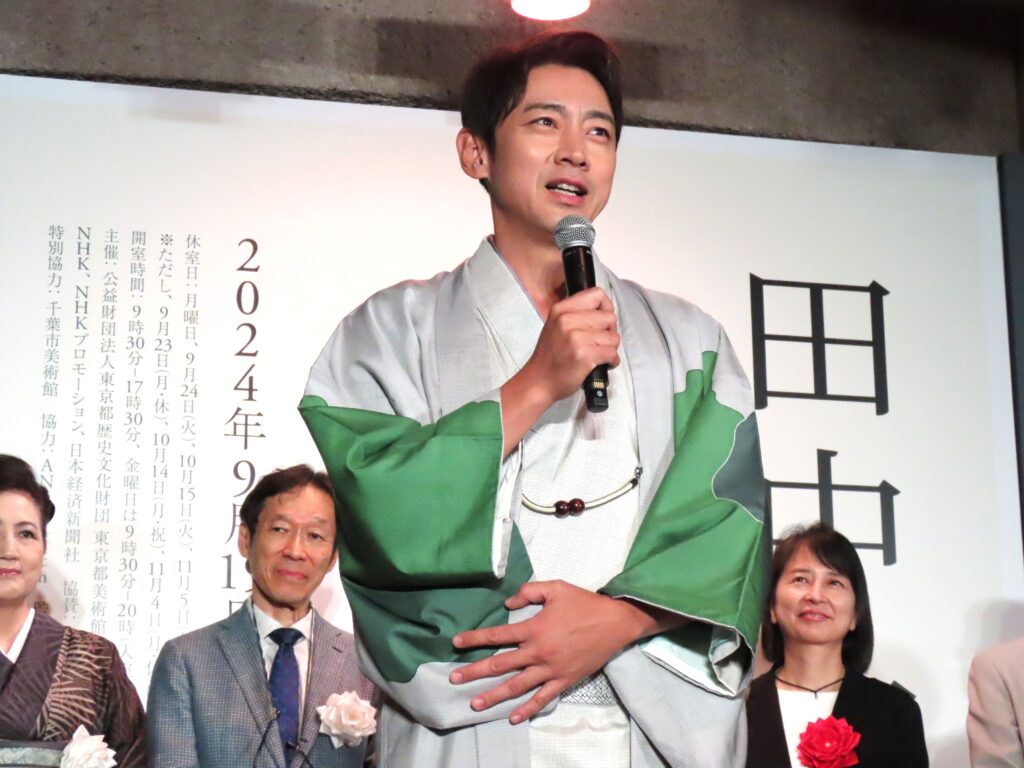
“I had seen Tanaka Isson’s paintings from his later years since I was a child, but this exhibition showed me his earlier works first. Personally, my parents’ house had cycad trees planted, so I was captivated by the paintings depicting the ocean, papayas, and cycads of the natural scenery of Amami.”
Looking back on his impressions of the exhibition,
“In addition to the paintings, there are also precious photographs, handwritten postcards, and rare receipts left behind by Tanaka Isson, so I think this is a wonderful exhibition that allows you to fully experience what kind of achievements Tanaka Isson made and what kind of person he was. I hope that many people will be able to experience the charm of Tanaka Isson and learn about what kind of life he lived in Chiba Prefecture in his early days, and what kind of hard work he put in.
He addressed the audience with a smile.
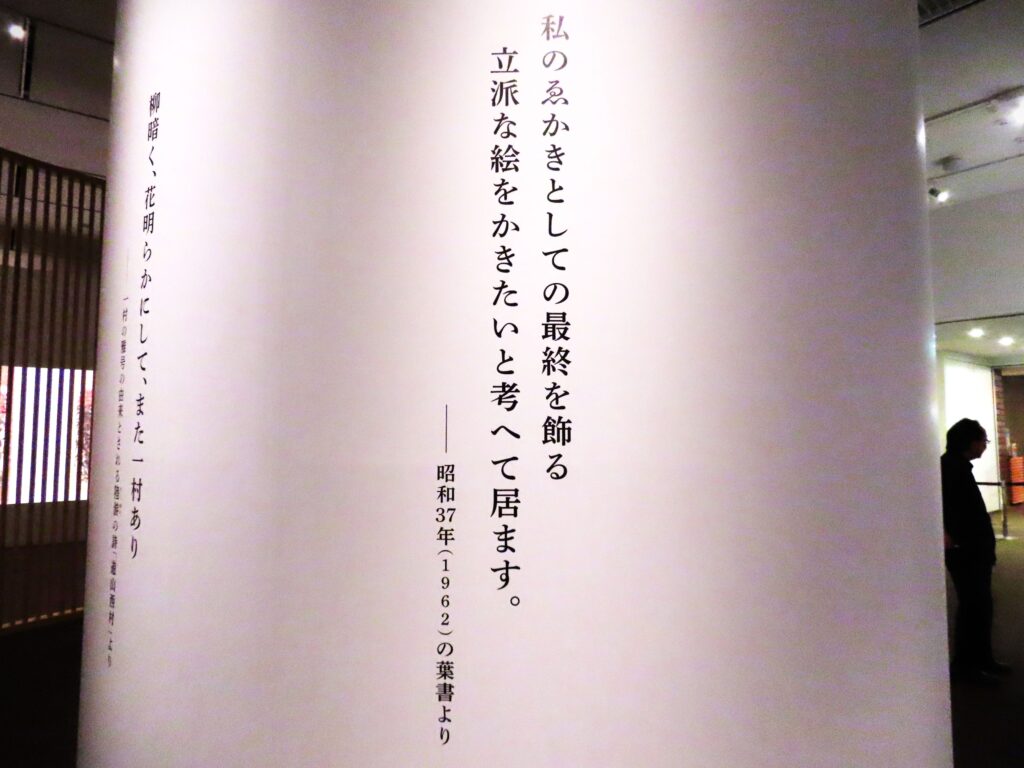
Tanaka Isson once said, “I want to hold a solo exhibition in Tokyo and finally settle my paintings.” This exhibition, “Tanaka Isson: Light and Soul,” could be said to be Isson’s final wish, unexpectedly fulfilled.
The event will run until Sunday, December 1st, 2024.
Please come to the exhibition to see the works of Ichimura, who left social success behind and devoted his whole heart and soul to “drawing.”
Event Outline
| Dates | Thursday, September 19, 2024 – Sunday, December 1, 2024 |
| venue | Tokyo Metropolitan Art Museum Special Exhibition Room |
| Opening hours | 9:30-17:30, Friday 9:30-20:00 *Entry is until 30 minutes before closing. * Reservations are required for designated dates and times only on weekends, national holidays, and from November 26th (Tue) to December 1st (Sun) . * Entry is possible if there is availability on the day. *If you are visiting on a weekday until Friday, November 22nd, you do not need to make a reservation for a specific date and time. |
| Closed Days | Monday, Tuesday, September 24th, Tuesday, October 15th, Tuesday, November 5th *However, the office will be open on Monday, September 23 (holiday), Monday, October 14 (holiday), and Monday, November 4 (holiday). |
| Admission fee | Adults: 2,000 yen University and vocational school students: 1,300 yen 65 years and older: 1,500 yen *Free for high school students and younger * Free for those who have a Physical Disability Certificate, Love Certificate, Rehabilitation Certificate, Mental Disability Health and Welfare Certificate, or Atomic Bomb Survivor Health Certificate, and their accompanying person (up to one person). *People with a disability certificate and their attendant (up to one person) and high school students or younger do not need to make a reservation for a specific date and time. Please come directly to the entrance of the venue. *High school students, university students, vocational school students, people aged 65 or older, and people with any type of disability certificate must present proof of their identity. *The third Saturday and the following Sunday of every month are Family Days, during which parents (Tokyo residents, up to two people) accompanied by children under the age of 18 receive half the regular admission fee (please show proof of address). No reservation is required for a specific date and time, and tickets are only available at the Tokyo Metropolitan Art Museum ticket counter. *For details, please check the official exhibition website ticket information page. |
| Exhibition official website | https://isson2024.exhn.jp/ |
*The contents of this article are from the time of coverage. It may differ from the latest information, so please check the official exhibition website for details. In addition, the works featured in this article may have already finished their exhibition.


